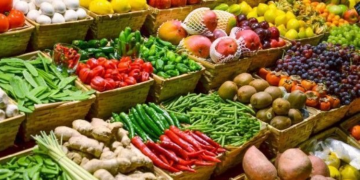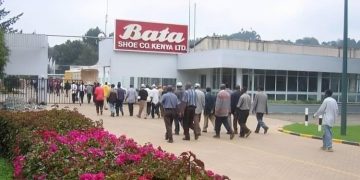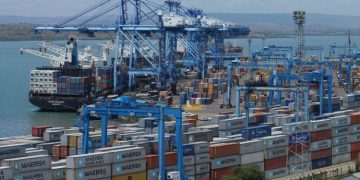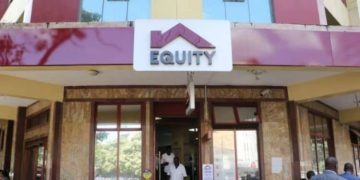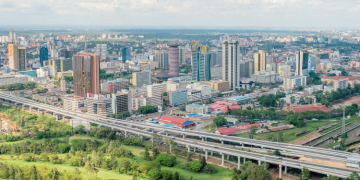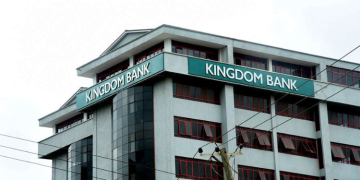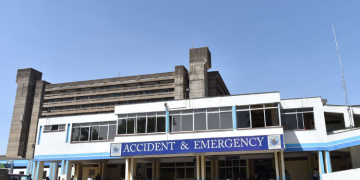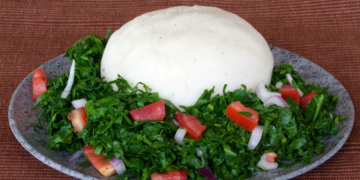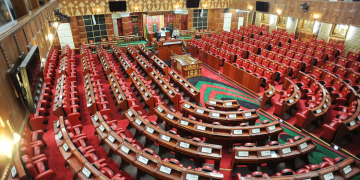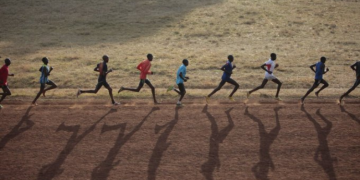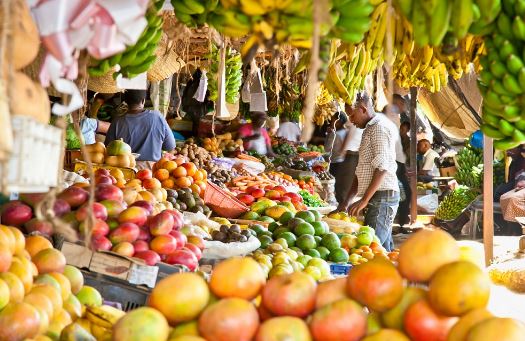The cost of living in the country is yet to ease, according to Kenya National Bureau of Statistics (KNBS) with most essential items witnessing a spike in prices for the month of September.
In the latest report, KNBS highlighted a few food and non-food items whose prices increased or decreased amid tough economic times and the tax burden.
Potatoes and cabbages are among the food items whose prices increased during this period.
The prices of potatoes (1Kg) increased by 18.4 percent while cabbages (1kg) went up by 7.4 percent.

Further, Sukuma Wiki (1kg) and Tomatoes (1kg) increased by 4.2 percent and 1.3 percent.
Apart from food items, the price of kerosene (1 litre) and diesel (1 litre) increased by 19.4 percent and 11.8 percent, respectively.
Additionally, the price of 1 litre petrol increased by 8.7 percent and 13Kgs of cooking gas shot by 3.2 percent.
Monthly house rent of a bedsitter also went up by 0.2 percent.
KNBS – Items Whose Prices dropped
Prices of food items including 2Kgs of wheat flour and fortified maize flour decreased by 3.6 percent and 6.0 percent respectively.
Moreover, 1Kg maize grain (loose) went down by 5.4 percent while maize flour (loose) reduced by 6.7 percent.
Electricity also recorded a decrease; 200 kilowatts by 2.1 percent and 50 kilowatts by 2.5 percent.
Also Read: Ruto Smiles to the Bank, Amasses Ksh250M More Than Raila
September Inflation Rates
According to Consumer Price Index (CPI), the year-on-year inflation rates increased by 0.1 percent from 6.7 percent in August to 6.8 percent in September.
“The month of September 2023 recorded a monthly inflation rate of 1.0 per cent.
The rise in annual inflation was due to an increase in prices of commodities under the following Classification of Individual Consumption by Purpose (COICOP) divisions; Food and Non-Alcoholic Beverages; Transport; Housing, Water, Electricity, Gas and Other Fuels; and Furnishing, Household Equipment and Routine Household Maintenance,” said KNBS.
Also Read: Report Reveals Top Item Kenyans Spend Their Money on
What Is Consumer Price Index
CPI is a key macroeconomic indicator used to monitor price movements and how they affect policy decisions.
Further, KNBS defined it as a measure of the weighted aggregate change in retail prices paid by consumers for a given basket of goods and services.
“Year-on-year inflation is used for economic decision making as the current situation is compared to previous year situation, same period.
Inflation rate is defined as a percentage change of the CPI between two periods,” explained KNBS.
Additionally, KNBS said the collection of retail prices for the compilation of the CPI is usually conducted during the second and third weeks of every month.
Prices of different commodities are collected from selected retail outlets located in 50 data collection zones.
Out of the 50 data collection zones, 14 are in Nairobi City County while 36 are located in other urban areas.
Nairobi zones cover outlets in lower income, middle income, and upper income areas.



